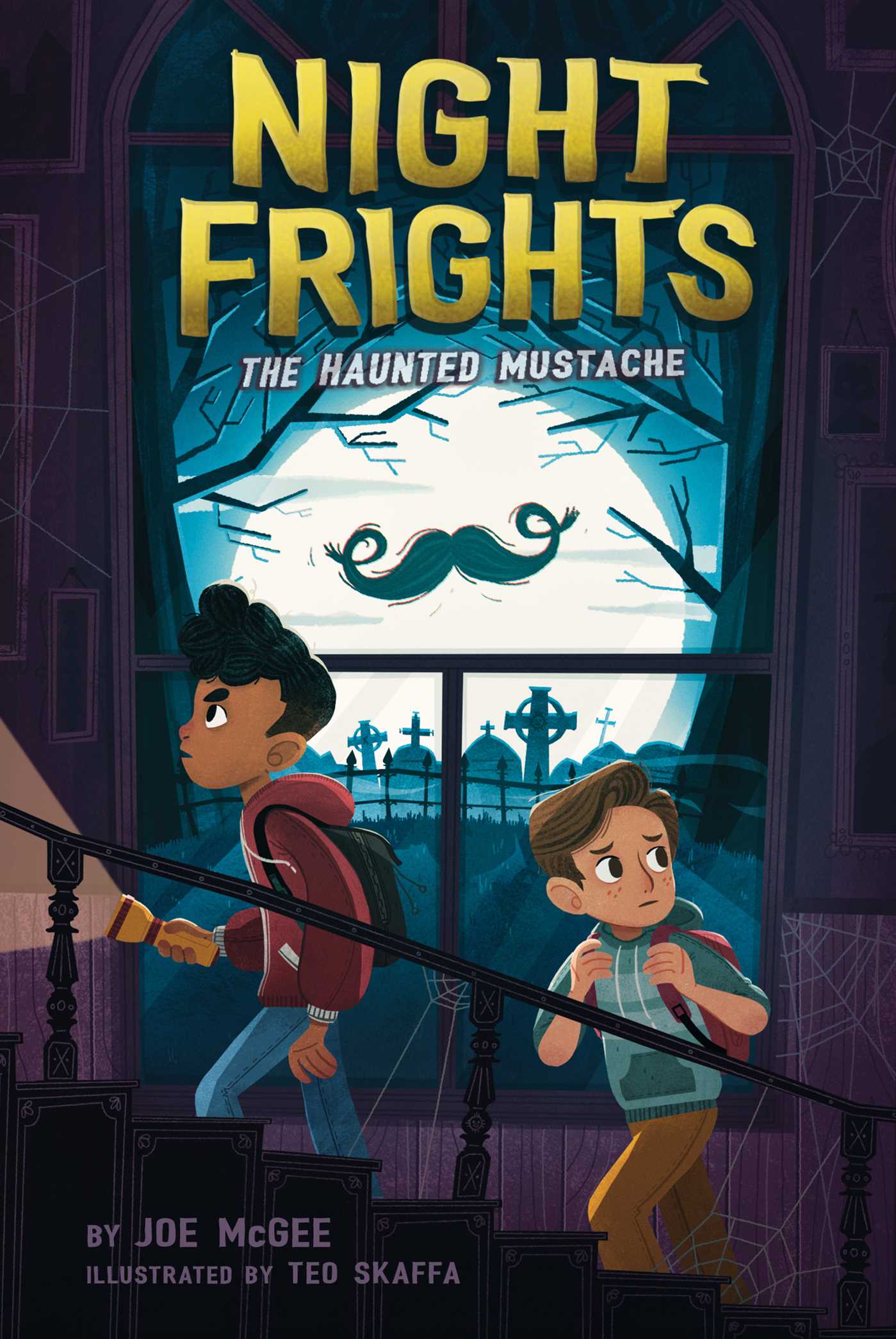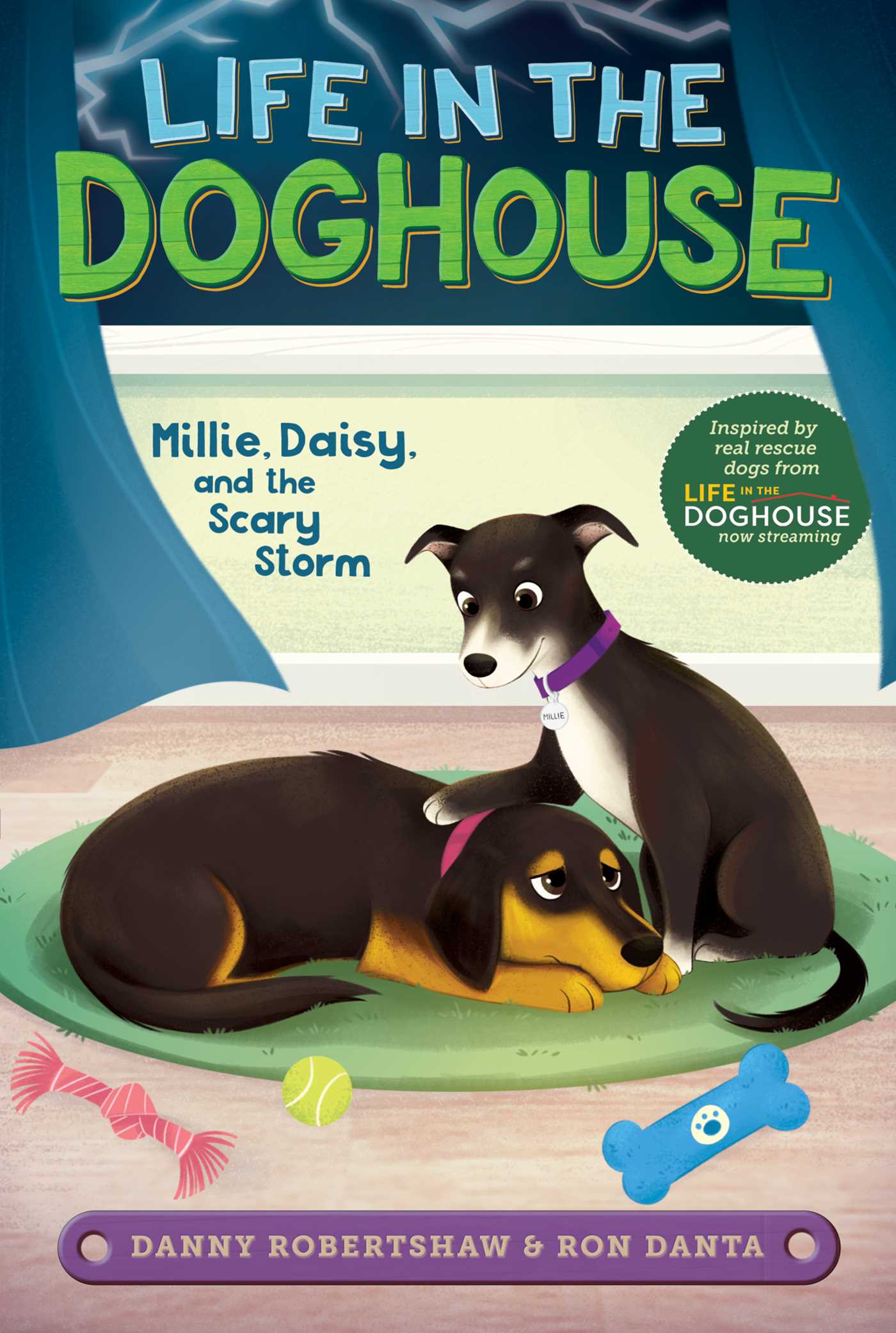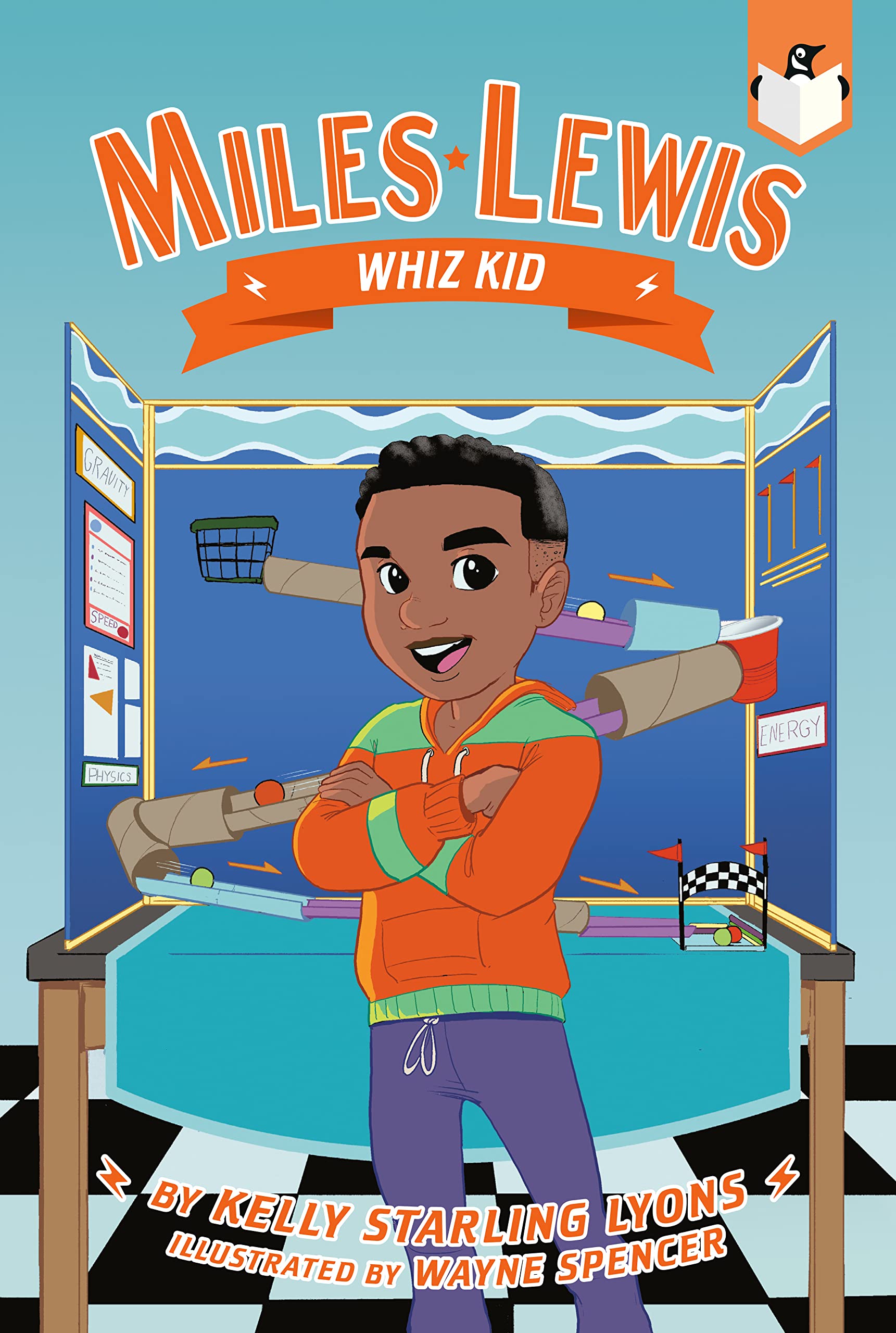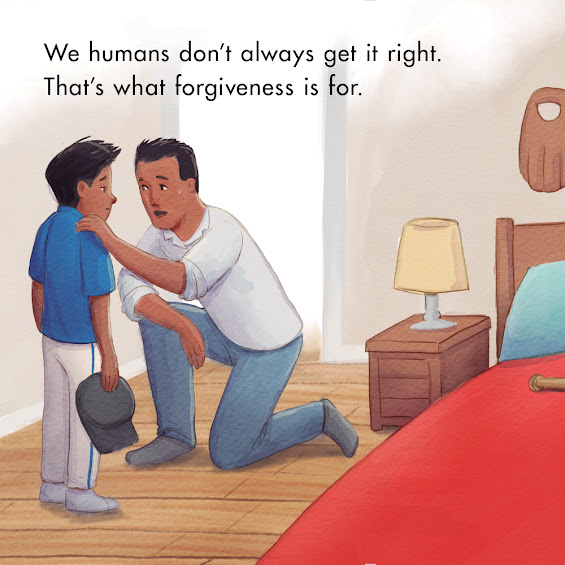Tips for Translating STEM Topics into Poetic Texts
I’m delighted to be back here at Mrs. Knott’s Book Nook, a favorite and go-to blog for book recommendations. Thanks for having me, Michele!
Today I’ll be talking about translating STEM and scientific research into lyrical writing. For me, science and poetry go hand-in-hand and are complementary. I love how poetry can distill and encapsulate images and how scientific language and vocabulary can also be quite poetic in nature.
Research & Pre-writing:
During my research process, which often includes some kind of field research, like walking in the woods, taking photos of things that I observe, or noting other sensory details like smells and sounds and textures, I take notes to collect my thoughts and impressions by hand in a notebook. Writing by hand is slower, and it makes me feel more of a connection to the material that I’m working with, which helps me to reflect. Then I type up and print my notes, highlighting interesting vocabulary, images and phrases to see what patterns emerge. Next, I focus freewrite to explore my thoughts on the topic including voice, structure and theme.
Sensory Lists:
Make lists that include your sensory observations. What interesting visuals emerge, and how can you describe them in a fresh and fun way? I try to paint a picture in words. ICE CYCLE is dedicated to my editor at Lerner, Carol Hinz, whose gorgeous photos of feathery frost like this one on Instagram first inspired the idea for the book.
I was wowed by this photo and the visually stunning fern-like and feathery frost crystal formations, and highlighted those shapes in my poems about frost.
photo credit, Carol Hinz
And this intricate needle ice I found in my yard.
photo credit me ☺
Seek out sounds. I was amazed to discover that ice has many evocative and poetic-sounding names. As I mentioned above, I think poetry and science are complementary, and that scientific vocabulary is often poetic in and of itself. I loved the sounds of these sea ice names: hummocks and bummocks and shuga.
It doesn’t get more magical and evocative than pancake ice and dragon-scale ice, does it?
photo credit Guy Williams
Have you heard of a brinicle? I hadn’t, before researching for this book. What does that evoke for you? I loved the sound of it, and watching videos of them pluming and blooming as they spread underwater.
Watch a brinicle form here: https://www.youtube.com/watch?v=lAupJzH31tc
What other senses can you incorporate into your manuscript. Taste? Texture? Scent? Is there a unique way to bring your lists together?
STEM Strands:
Part of the process of translating the stuff of STEM into lyrical poetic writing includes weaving in scientific facts, processes and vocabulary. For example, in HAWK RISING, I described the red-tailed hawk’s flight as “kiting.” Without even seeing Brian’s gorgeous art, one can easily visualize what’s happening as the hawk hovers in place. It’s scientifically accurate as well as poetic.
In WHOO-KU HAIKU, the Great horned owl mother, “mantles.” Can you picture a cloak or a cape? “Mantling” is the act of a bird spreading out its wings when feeling threatened to appear bigger, or to protect something (in the book’s case, her eggs). What about “pipping?” Doesn’t it sound like chipping, delicate and lovely? It’s onomatopoeic—and the sound and act of a hatchling chipping out of its shell with its egg tooth. Using these kinds of scientific vocabulary help make a text feel authentic.
Vivid Verbs:
Vivid verbs are a writer’s best friend for all kinds of writing! They paint pictures, evoke emotions, store sounds, and the sound of those verbs is crucial when writing lyrically. There is nothing that’s quite so effective and evocative as a verb that can create an image as well as a feeling through its flowing and sonorous syllables.
I love the sounds and images and movement in the frost section of ICE CYCLE, and had fun morphing nouns into verbs. It begins, “Frost ferns,” which evokes shape and flow with the repetition of the fricative “f” and liquid “r” sounds.
As that poem continues, I tried to evoke the visual pattern as well as movement incorporated into the shapes and textures of frost using assonance and rhyme: frost fronds “curling” and “unfurling” as well as “binding” and “unwinding” feathery spines. Verbs such as fanning, forking and flowering flow with alliterative “f” sounds, and also evoke both shape and energy and dynamism because they are “ing,” in process.
There is also rhythm and flow in the various ways ice moves: floes flow, riding, gliding, drifting, shifting, because ice is in flux, depending upon the weather conditions.
Be Playful:
In the “Ice Plays” section of ICE CYCLE, I used vivid and active verbs and sound to highlight the unusual visuals, beautifully depicted in Jieting’s fabulous art: Cat ice whorls/Swirl and twirl. Pancake ice stacks/Smack and crack, etc.
Word play is fun! This spread ends with an ice tongue that licks and ice foot that kicks.
I also literally played around with sound and used vivid, loud and onomatopoeic sounding verbs in “Ice Speaks,” as well as alliteration, assonance and consonance to emphasize the aural nature of ice.
Voice and Structure:
How do you find the right voice and structure for your project? Will it be narrative in nature, or more expository? Sometimes I know from the beginning what the structure will be, as in the case of WHOO-KU HAIKU. It’s one of the rare cases when I knew the title first. It evolved as a series of lyrical vignettes and narrative haiku poems within the general seasonal Great horned owl life cycle from nesting, to egg laying; from hatching to fledging.
Time and seasons prove to be logical, circular and grounding structures for translating STEM into lyrical language. As I mentioned above, WHOO-KU HAIKU as well as BOBCAT PROWLING have a winter to fall/spring life cycle seasonal structure, while both COYOTE MOON and HAWK RISING have circular nocturnal/diurnal structures.
The subtitle of ICE CYCLE, POEMS ABOUT THE LIFE OF ICE reveals its circular structure: ice is born, or formed due to dropping temperatures, and dies when temperatures rise. But it’s again re-born as temperatures plummet again—the ice cycle-life cycle. I used headings for each section and played with the verbs there as a hint of what’s to come in the poems. Ice grows, flows (and floes) goes, plays, speaks, sprouts and ages.
One of the best ways to figure out structure is to read and study a variety of mentor texts to see how other kidlit creators organized their material. Be sure to check out Sibert-honor winning author and science writer Melissa Stewart’s blog, “Celebrate Nonfiction,” where you can learn about all kinds of narrative and expository approaches, text structures and features, voice, and more.
Read Aloud:
If you write picture books, reading your manuscript aloud is key. You can hear where the language is awkward, or faltering. As you revise, pay attention to your words. Are you being as economical as possible? Get out your poetry toolbox and explore image, word choice, figurative language, line breaks, rhythm and rhyme. You might want to re-examine your lists—how can you make your words sing?
Poetry’s imagistic nature helps to distill language to its most essential elements, which is perfect for both STEM topics and picture books.
Experiment:
As with science, translating STEM content into lyrical writing (and all writing) involves experimentation, and play, trust and letting go—not being wedded to our original drafts so that we can literally re-envision what we’re writing. Failure and rejection are part of the discovery process.
I am fascinated by mushrooms and fungi, and my original manuscript called MARVELOUS MUSHROOMS was a concept book that had lyrical moments, but things weren’t coming together on paper quite in the way I was envisioning it in my head. Luckily it still sparked the interest of editor extraordinaire Andrea Welch of Beach Lane who requested a revision. After a great conversation and many, many revisions, I took a new approach favoring vivid verbs to blend science and poetry and wonder and it evolved to be FUNGI GROW, with swirling and gorgeous art by Diana Sudyka! I wrote the book with Diana’s illustrations in mind, so I was thrilled when she signed on to illustrate! I can’t wait to share our book with the world next fall.
What STEM things delight you and make you wonder? Let your curiosity and awe lead you along the road of research. And then write lists, find patterns, listen to your inner voice and experiment, mix and meld and blend to find the ways that fuse science and poetry into your own unique work of wonder.

















































